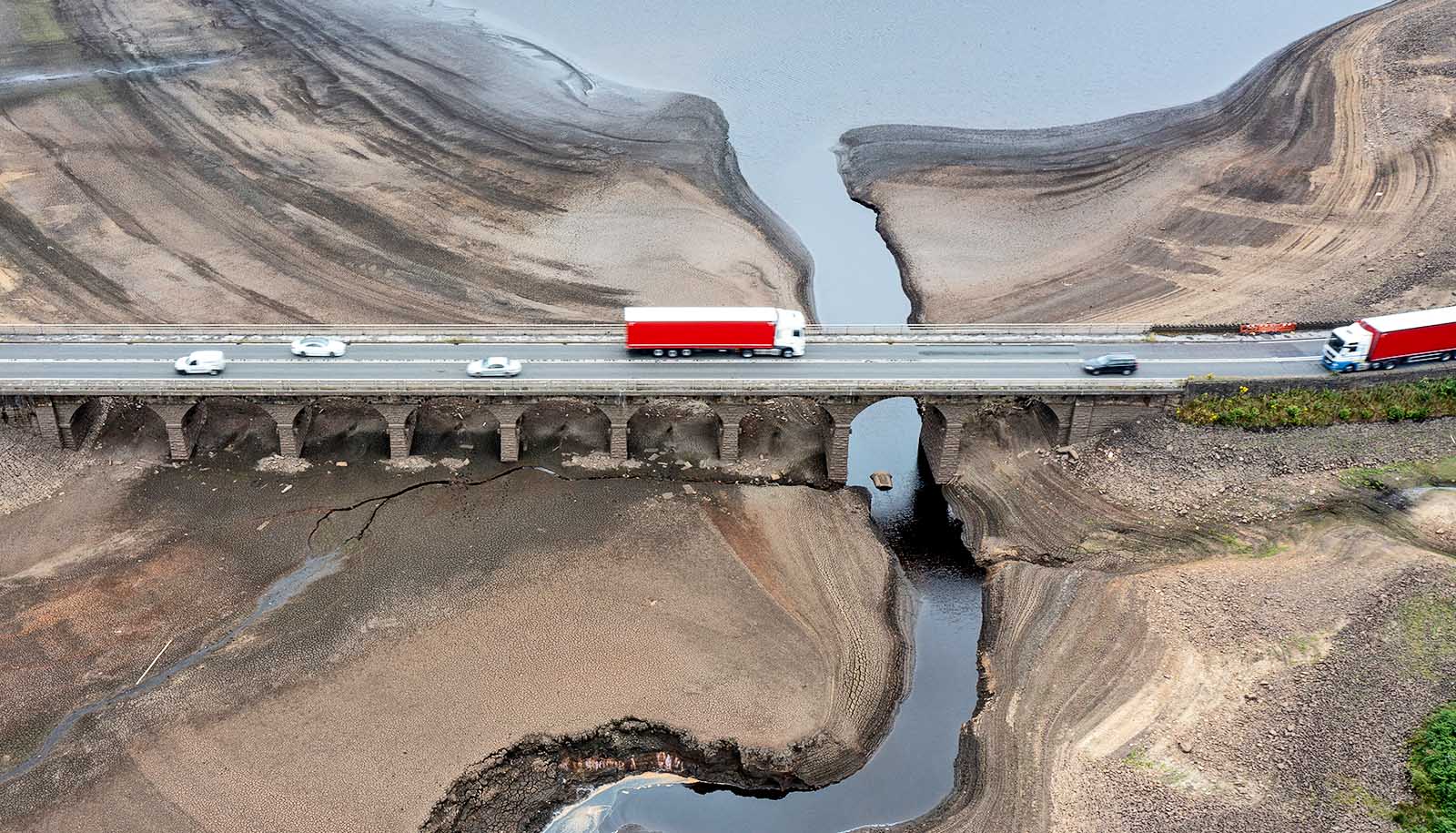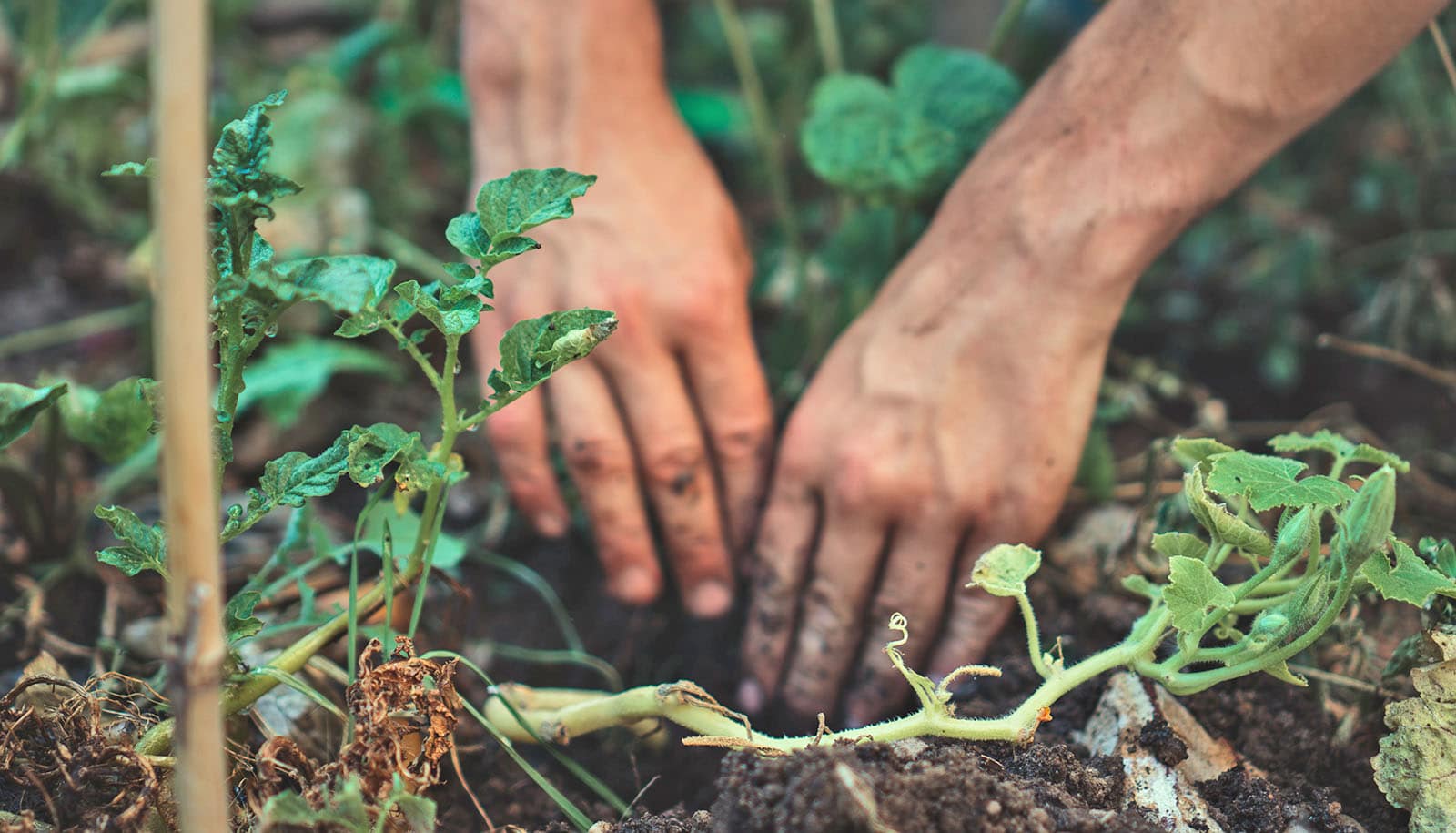High temperatures fueled by climate change dried out soils across Europe and the Northern Hemisphere this summer, find researchers.
The 2022 Northern Hemisphere summer was one of the hottest ever recorded in Europe with over 24,000 heat-related fatalities, and it brought intense heatwaves to parts of China and North America. It was also very dry, and the resulting drought caused widespread water shortages, wildfires, and crop failures leading to higher food prices, as well as impacts on electricity supply.
“We need to phase-out the burning of fossil fuels if we want to stabilize climate conditions…”
A team of climate scientists led by the research group of Sonia Seneviratne, professor for land-climate dynamics at ETH Zurich, analyzed the possible influence of climate change on this extreme weather event on behalf of World Weather Attribution.
Their study shared by World Weather Attribution estimates that human-caused climate change made soil moisture drought conditions in the Northern Hemisphere at least 20 times more likely, threatening crop production and adding further pressure to food prices and food security.
For their study, the researchers analyzed soil moisture levels in June, July, and August 2022, across the whole Northern Hemisphere, excluding the tropics. They also focused on Western and Central Europe, which experienced particularly severe drought with substantially reduced crop yields. Soil moisture dryness in the top meter of soil—the root zone where plants extract water—is often referred to as agricultural and ecological drought.
Human-caused climate change made agricultural and ecological droughts in the North Hemisphere extratropics at least 20 times more likely, the researchers found. They calculated that drought conditions like this summer’s can be expected around once in 20 years in today’s climate. If humans had not warmed the planet, the agricultural drought conditions in the Northern Hemisphere would only have been expected around once in 400 years or less.
In the case of West-Central Europe, human-induced climate change made the agricultural and ecological drought about three to four times more likely. This does not mean that climate change has had less influence on Europe than elsewhere in the Northern Hemisphere; the different sizes of the regions mean the results cannot be directly compared.
“The 2022 summer has shown how human-induced climate change is increasing the risks of agricultural and ecological droughts in densely populated and cultivated regions of the North Hemisphere,” Seneviratne says.
The main factor driving the heightened agricultural and ecological drought risk were increasing temperatures, with changes to rainfall relatively less important. Climate change increased temperatures across the Northern Hemisphere to such an extent that a summer as hot as this year’s would have been virtually impossible without human-induced climate change, the scientists found.
“The results of our analysis also give us an insight on what is looming ahead,” says Dominik Schumacher, a postdoctoral researcher in the Seneviratne research group and first author of the study. “With further global warming we can expect stronger and more frequent summer droughts in the future.”
“That’s why we need to phase-out the burning of fossil fuels if we want to stabilize climate conditions and avoid a further worsening of such drought events,” concludes Seneviratne.
Source: ETH Zurich via World Weather Attribution



